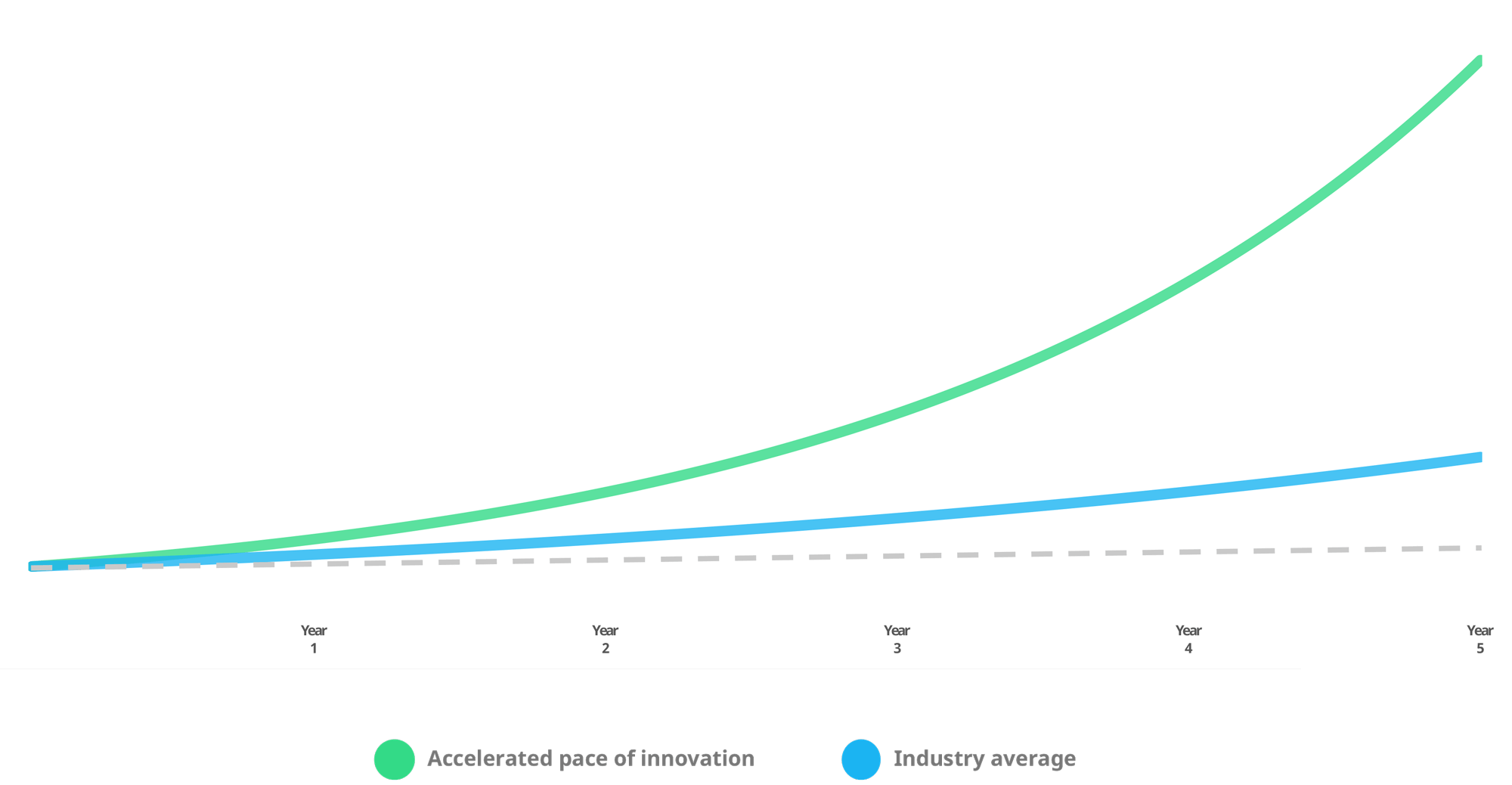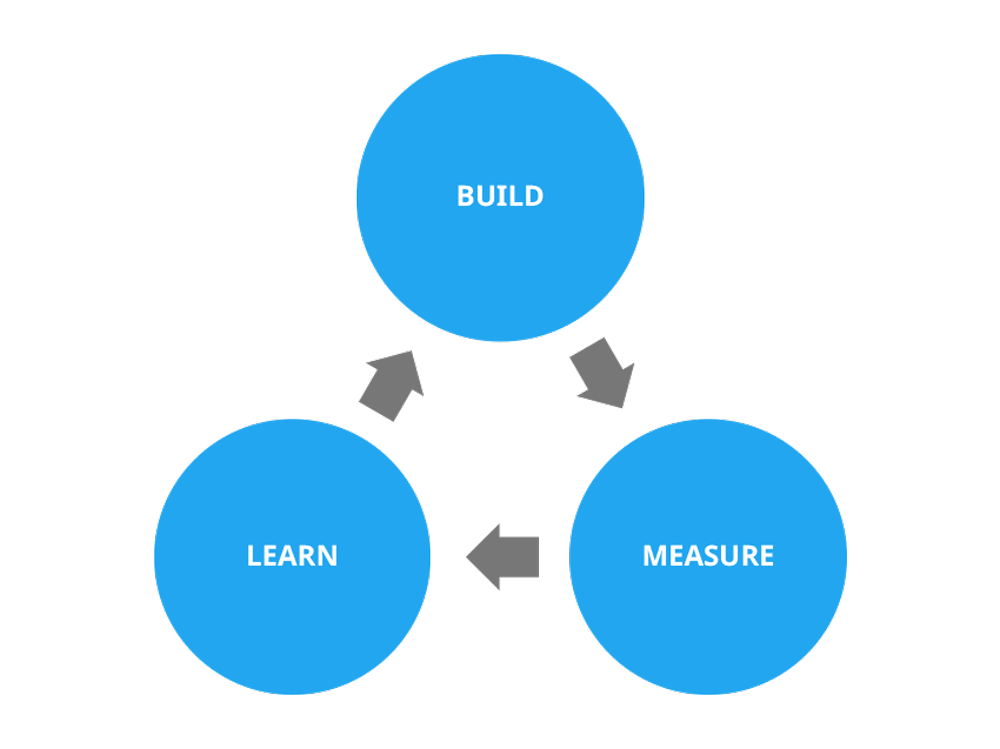Five Dansk Tapestries Jacquard Blue Dinner Plates Blue Gray Bands
The Roles of Risk and Luck in Innovation
One of the most controversial, and perhaps even misunderstood topics in innovation are the roles of risk and luck for innovation success. Do you have to get lucky to innovate successfully, or can you make your own luck? Is it always inherently risky to try to innovate, or can you manage risk by making smart decisions? These are fundamental questions I'm sure every innovator has had to battle with throughout their journey, but that don't usually get the attention they deserve. So, in this article, I'll be sharing my thoughts on how these matters affect innovation, and what you can do to improve your odds of success. Before we can dive into the practicalities, it's important we first understand what risk actually means since there's quite a bit of debate about the nuances of the term. Is risk always negative, or can it also be positive? What is the difference between risk and uncertainty? For example, in academia, risk typically only refers to situations where the probabilities of the outcome are known in advance, such as most gambling situations, but not to situations where the probability distribution is unknown, such as business and innovation. These are import considerations to understand, but for our context of innovation, risk is very much synonymous with uncertainty, and can simply be considered to refer to all kinds of situations where the outcome isn't known in advance. Circling back to risk and innovation, let's look at what risk means for innovators, or in other words, people that are trying to introduce something new (anything from products and services to process improvements) to the market. The important thing to understand here is that as innovators are, by definition, working on something new, there are always many more unknowns in the process than there is in doing business as usual. For example: This means that there's much more risk in doing innovation, than there is in doing business as usual. However, as we learned before, risk isn't necessarily just a bad thing. Taking risk in an uncertain environment can also lead to better-than-expected outcomes. Taking risk in an uncertain environment can lead to better-than-expected outcomes, and without innovation, you have a 100% probability of going out of business. Most leaders obviously know this, but in real life things are rarely that black and white. Usually the real question is about how to take smart, educated risks in a given situation. In practice, this leads to questions such as: how aggressively to invest, with what timelines and resources, are you willing to cannibalize your existing business or only invest in expanding to new business areas etc. However, where we see a lot of managers and leaders get into trouble is when they think they can make decisions related to the innovation the same way they can for incremental improvement of existing businesses. For example: When you're considering the risks of increasing production line capacity for an existing business, the expected benefits, costs and risks related to the project are usually pretty straightforward to assess and calculate, which means that it's easy to make a very educated, data-driven decision. I'd like to highlight that this doesn't mean that you should make uninformed decisions, it just means that you have to accept that you can't know everything before you make a decision, and will thus likely need to adjust course at some point after that initial decision. For those new to innovation, this shift in mindset will be crucial for your ability to succeed. So, let's take a step back and consider the typical outcomes an innovator might expect to see with their innovation efforts. In general, there are five typical outcomes: Furthermore, the probability of you landing on any one of these outcomes will always vary significantly based on a number of things, such as your industry, ambition level, your capabilities, the competition, and many other dynamic circumstances in the market that could be attributed to luck. As we've established, with a topic that has as many unknowns as innovation, luck clearly plays a role in all of this. The big, age-old question that we always hear being debated is: can you make your own luck, or is that something that is out of your control? There are many vocal proponents and good arguments for each side of the argument. However, as this isn't a black and white topic, it's probably easiest to explain with an example from a completely different field. Let's say that a young boy wants to become a top basketball player and have a career in the NBA. Will they be able to make it if they just train incredibly hard and smart ever since they were 5 years old? Probably not if they end up only being 5 feet tall as an adult. Also, if that boy is being born in, let's say rural Africa, they probably won't have the same opportunities to even play the sport, let alone have equally capable coaches and opponents to play against than someone born in a big city in the US. So, genes and the environment, both of which are largely attributable to luck, and that are essentially out of your control, definitely play a significant role here. However, let's look at the other side of the story. Would Michael Jordan have become the star he was without being as determined and competitive, as well as putting in thousands and thousands of hours of dedicated practice? And the answer is without a doubt: no. So, to really succeed at the highest levels of anything, you always have to work both hard and smart, as well as also have luck on your side. If you're just determined enough and willing to put in the work, and you do that in a smart, systematic way, I really think most people and companies have the prerequisites to become very good at a number of things, including business and innovation – even if the average company probably won't become the next Apple or Microsoft. So, in the end, you still can't entirely make your own luck, but you can dramatically improve the odds of luck being on your side – and get pretty good results even without that stroke of luck. Here's a simple matrix that can hopefully illustrate the role of luck in innovation success: On the other hand, if you don't have any of the skills and capabilities needed to innovate – and aren't working on anything that could lead to bigger successes down the road, you don't really stand a chance. And in a lot of cases between these two extremes, luck can often make the difference between failure and success, but that doesn't mean that you shouldn't try to rig the game to your advantage. So, with that in mind, there are still plenty of things you can do to minimize risk, eliminate some of the unknowns in innovation, and significantly improve your odds of eventually succeeding. Let's look at some of the key ways in which you can accomplish the these goals. This is by no means a complete list, but more of an overview of some of the more important matters. The first piece of advice is to focus on the thing that customers actually need done, not on superficial qualities such as product features or even the competitive landscape. This is what the Jobs-to-be-done theory is all about. On many occasions, especially in consumer-facing businesses, but also in B2B, there's seemingly a lot of information about the customer, who they are, what they do, and so forth, but all too often we forget the most important part: what they really need your product or innovation for. The difference is subtle but can make all the difference in the world for what you really offer to your customers, and how you market and sell it to them. Here's Clayton Christensen explaining how this works with the classic example of a milkshake: As it turns out, if you just get the "job" right, you will dramatically decrease the probability of you running out of money to build your product as you can focus on building just what the customer needs – and not everything possible under the sun – or the product failing to create value enough value. Getting the "job" right usually helps unlock demand from new parts of the market where there's little competition. And as was the case in Christensen's example, you might even find that your market is many times larger than you initially thought. If you've been following our blog for some time, you might remember my piece on the pace of innovation being the ultimate competitive advantage. I still stand by that claim, and it's also a great tool for reducing the role of luck and managing risk in innovation. As a quick recap, pace of innovation simply means the rate at which you introduce innovations, or in other words, novel changes, to your business or towards your customers. The faster you are, the more likely you obviously are to be ahead of your competitors, but that isn't even the key benefit here. The real benefit comes from you focusing on action instead of planning. In most medium and large organizations, there's usually a bias towards the latter, often for very logical reasons, but when you're working on something with a lot of unknowns, the unfortunate truth is that the plans aren't going to be very useful most of the time. So, the faster you can make your ideas happen and see how they work in real life, the faster you'll learn which parts work well, and which don't, and the faster you can improve upon the first version, which rarely is an instant success. If you're having trouble accelerating your pace of innovation, or in making things happen in general, it's quite likely that either: If you're familiar with the Lean Startup model, agile methods, or literally almost any of the other modern innovation processes and frameworks, that's what they also try to help you do. But, if you break that big project down into very small chunks that can be completed in days or weeks, you have no choice but to get things done, and once that happens, your pace of innovation inevitably accelerates and every time you get something out in the market, no matter how small, you can eliminate a small part of the uncertainty involved that innovation. Even if the improvement itself doesn't prove useful, at least you know that for a fact and can focus on something else – instead of spending time and resources on perfecting that thing. Every time you get something to the market, no matter how small, you can eliminate a small part of the uncertainty involved in that innovation What's more, once you've broken those big scary innovations into smaller, much more manageable chunks, you'll be pleasantly surprised to see that in most cases, there will be plenty of more mundane assignments that your team will be more than capable of successfully executing, even if they aren't exactly known as innovation all-starts. 4. Systematize innovation, don't just leave it for the few Finally, as long as innovation is something that just a few people, or a single team, within your organization are working on, and you don't have a systematic process towards managing it, you really are leaving innovation up to chance. However, if you systematize innovation, and engage as many people as possible to do their part in progressing your innovation agenda, you can dramatically improve your odds of making more innovation happen. It's a simple law of probabilities: a few people can only work on a few ideas, whereas thousands of people can work on hundreds or thousands of them. So, as innovation involves a lot of uncertainty, you will dramatically improve your odds by simply increasing your capacity to deliver innovation to market even with dumb luck. And if you closely observe the impact of these smaller innovations, you can further focus your resources towards areas that seem to have potential for moving the needle, further improving your odds of getting innovation right. Let's recap: to innovate, you have to do what others haven't yet done, and to do that, you have to think differently and accept some risk. To innovate, you have to do what others haven't yet done, and to do that, you have to think differently and accept some risk – but also try to rig the game to your advantage. In other words, innovation is always risky, and luck always plays a role in it, but if you play your cards right, you will do extremely well in the long run. If you're interested in a practical program that walks you through the entire process, you might be interested in our Innovation System, and if you're looking to stay up to date on everything innovation, subscribe to our blog!
What does risk mean?  So, for our purposes, let's just think of risk as situations where we can't know the outcome of a decision or action in advance. So, more things could happen than will happen.
So, for our purposes, let's just think of risk as situations where we can't know the outcome of a decision or action in advance. So, more things could happen than will happen.
Risk and innovation
On the other hand, if you don't take risk and innovate, the competition will always eventually surpass you, which means that without investing in innovation, you have a 100% probability of going out of business.
Innovation requires a more qualitative approach to risk On the other hand, if you're looking for new growth opportunities with innovation, it's important to understand that no matter what kind of studies you commission, they might help you understand the playing field better, but you'll still need to make decisions based on more qualitative information, and with more unknowns, which many leaders in large organizations are very uncomfortable with.
On the other hand, if you're looking for new growth opportunities with innovation, it's important to understand that no matter what kind of studies you commission, they might help you understand the playing field better, but you'll still need to make decisions based on more qualitative information, and with more unknowns, which many leaders in large organizations are very uncomfortable with.
Typical outcomes for innovators
As we've already discussed, while you can try to estimate your odds of ending up in each of these scenarios beforehand, it really isn't possible to know what the exact probability distribution of the scenarios really is like. Still, it is important to understand what the possible outcomes might be, so that you know what to expect on the journey and can prepare accordingly – even if you don't have all the answers, or heck, even all the questions.
Still, it is important to understand what the possible outcomes might be, so that you know what to expect on the journey and can prepare accordingly – even if you don't have all the answers, or heck, even all the questions.
The role of luck in innovation  So, to really succeed at the highest levels of anything, you always have to work both hard and smart, as well as also have luck on your side.
So, to really succeed at the highest levels of anything, you always have to work both hard and smart, as well as also have luck on your side.
However, I do believe that as the Internet and globalization have democratized access to information and dramatically driven down the prices in many fields, the role of luck is now smaller than it has ever been.
On one hand, you have to be at the right time in the right place, have all the needed skills and capabilities, do everything right, and even then, get a bit lucky to get to those incredible breakthrough success stories we often hear about.
Improving your odds
1. Focus on the jobs that customers need done
2. Increase your pace of innovation 
3. Break your plan down into small chunks to make it actionable
Well, the cure for either of these, and many other innovation challenges, is to break your plan down into smaller chunks to make things more actionable. Creating a new innovation is usually quite an ambitious, scary and overwhelming task, so especially if you're new to it, there's often a tendency towards staying in your comfort zone. For most people working on innovation, that is within the cozy walls of your office (or these days home), instead of really getting your hands dirty and committing to deliver real, tangible value towards your customers as soon as possible.
Creating a new innovation is usually quite an ambitious, scary and overwhelming task, so especially if you're new to it, there's often a tendency towards staying in your comfort zone. For most people working on innovation, that is within the cozy walls of your office (or these days home), instead of really getting your hands dirty and committing to deliver real, tangible value towards your customers as soon as possible.
Conclusion
However, you should try to rig the game to your advantage and try to make the most out of the hand luck has given you – but also to position yourself so that you might get lucky in the future by building the right capabilities, structures and working on opportunities with real potential.
Source: https://www.viima.com/blog/risk-and-luck-in-innovation
0 Response to "Five Dansk Tapestries Jacquard Blue Dinner Plates Blue Gray Bands"
Post a Comment